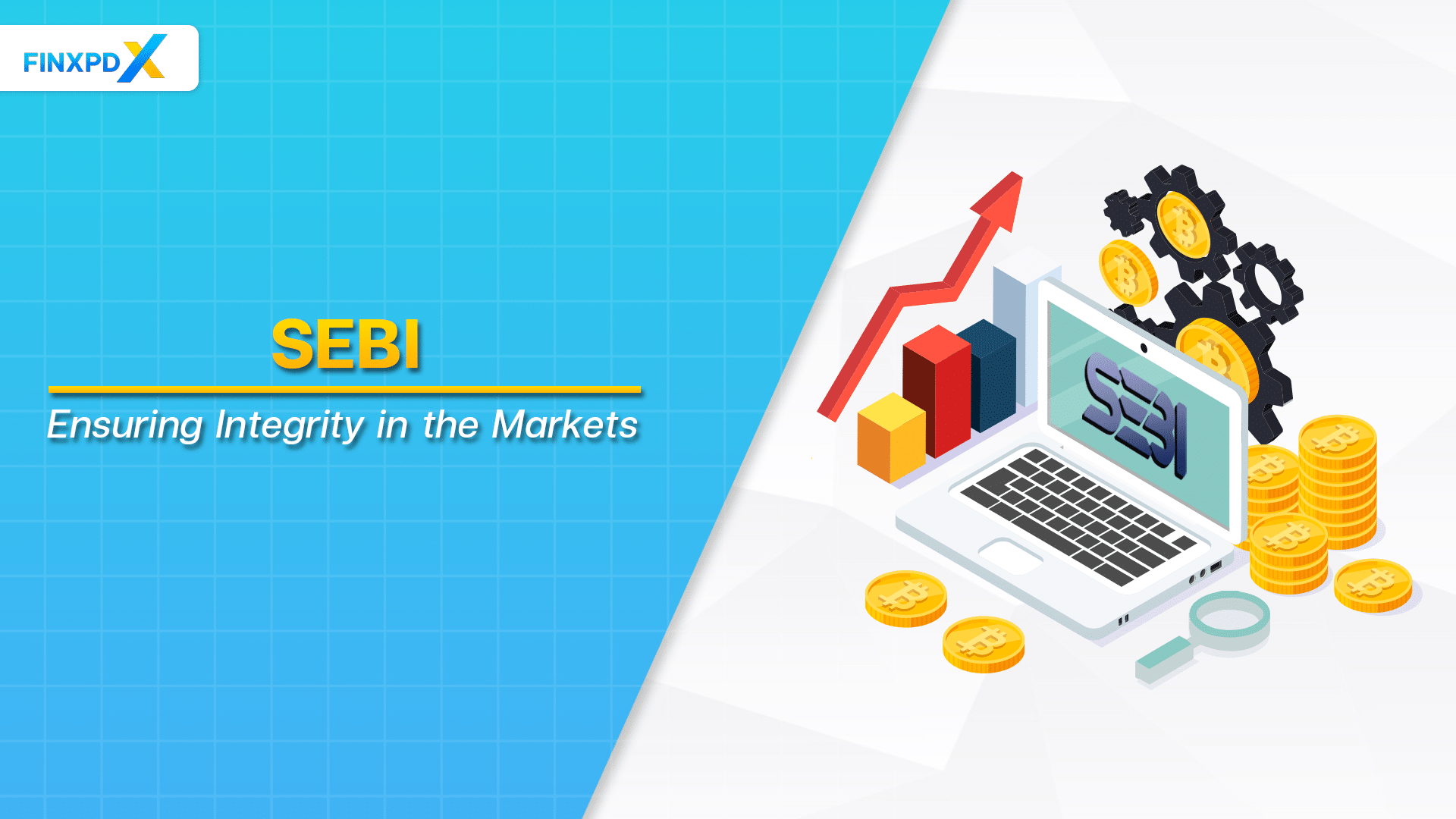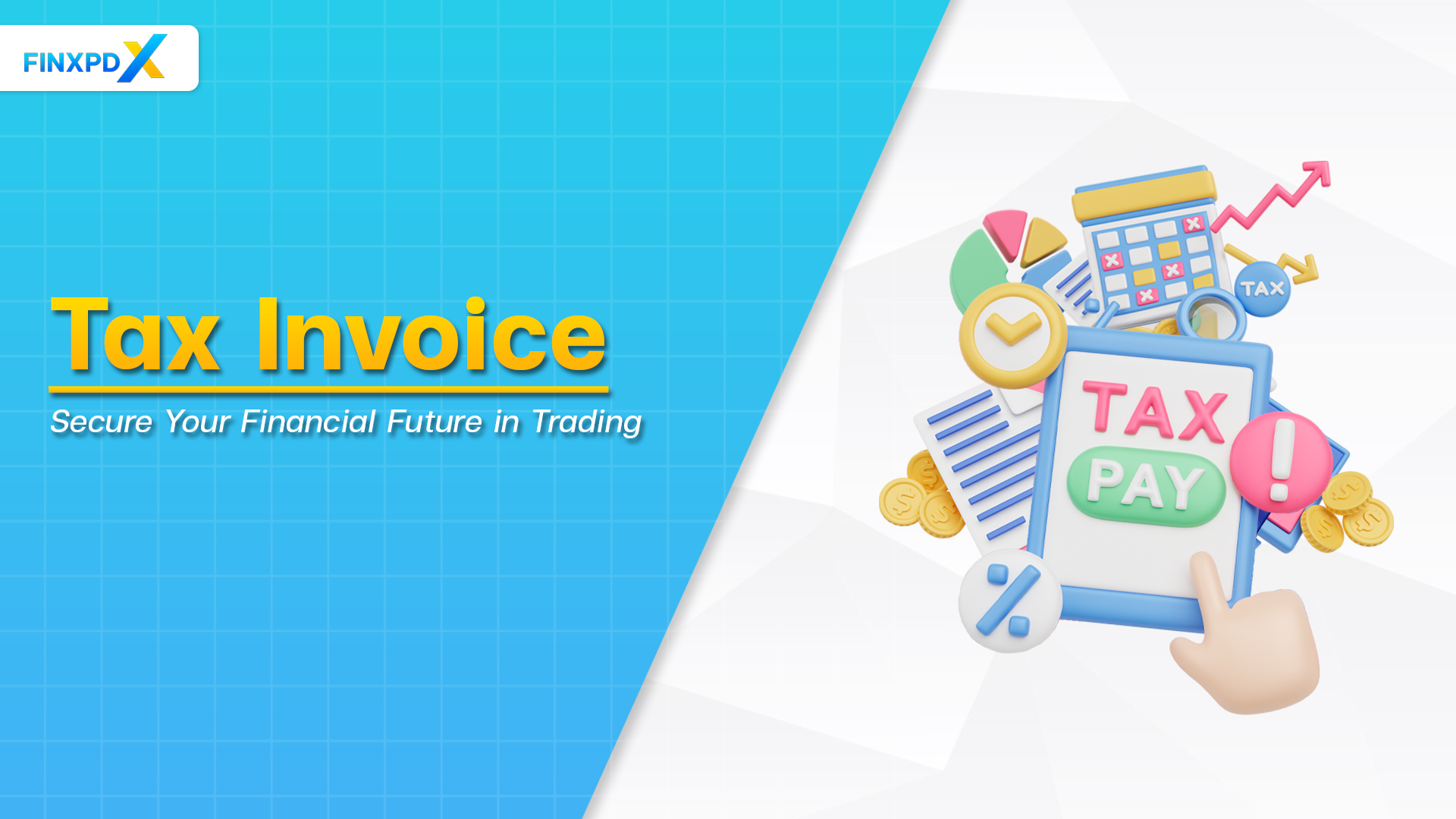The concept of a shelf prospectus represents a tool in the financial world, especially for companies seeking efficient and flexible ways to raise capital. A shelf prospectus allows companies to issue securities to the public without the repeated hassle of filing separate prospectuses for each offering.
This article aims to reveal the layers of shelf prospectus, addressing its definition, eligibility criteria, distinct differences from deemed prospectus, and its implications for issuers and traders. Exploring this topic is particularly relevant in today’s financial landscape, where stakeholders need to understand the differences between various financial instruments.
What Is Shelf Prospectus?
A shelf prospectus is a regulatory provision that streamlines the securities issuance process for companies. This mechanism allows an issuer to register a new issue of securities without preparing a separate prospectus for each offering. It essentially acts as a “shelf” where securities can be “stored” and then “taken off the shelf” and sold to the public over a period, typically up to 3 years. This extended time frame provides issuers with the flexibility to go to market quickly when conditions are favorable, without the need for repetitive, time-consuming regulatory filings.
Key Takeaways
- A shelf prospectus is a regulatory provision that allows companies to issue securities to the public multiple times over a 3-year period without separate prospectuses for each offering.
- The ability to issue a shelf prospectus is reserved for seasoned issuers, typically well-established companies that meet stringent regulatory criteria.
- Shelf prospectuses differ from deemed prospectuses in purpose, validity period, flexibility, target audience, and regulatory oversight, each serving unique roles in financial markets.
- Using a shelf prospectus offers companies numerous advantages, including increased timing flexibility, reduced administrative burden, immediate market access, enhanced investor confidence, and strategic capital allocation.
- A shelf prospectus affects traders by increasing market activity and liquidity, offering diverse investment opportunities, and necessitating diligent market analysis due to potential volatility and the need for informed decision-making.
Who Can Issue Shelf Prospectus?
The privilege of issuing a shelf prospectus is not extended to all entities. Typically, it is reserved for well-established companies with a significant track record in financial markets. These entities are often referred to as “seasoned issuers,” reflecting their experience and stability in the financial domain. Regulatory bodies, like the Securities and Exchange Board of India (SEBI) in India or the Securities and Exchange Commission (SEC) in the United States, set stringent criteria that companies must meet to qualify for issuing this prospectus.
5 Differences Between Shelf Prospectus and Deemed Prospectus
The financial world contains various prospectuses, each with distinct features and applications. Two such types are the shelf and the deemed prospectus, which differ in several key aspects:
| Aspect | Shelf Prospectus | Deemed Prospectus |
|---|---|---|
| 1. Purpose and Functionality | Serves efficiency in capital raising, allows companies to issue multiple securities over 3 years. | Associates with offers of sale, treat certain documents as prospectuses for inviting share subscriptions. |
| 2. Validity Period | Remains valid for up to three years, enables repeated market access under one document. | Stays specific to the associated offer, and does not extend its validity. |
| 3. Flexibility in Terms of Offer | Determines details like the number of securities and price at each offer’s time. | Outline the offer’s specifics from the beginning. |
| 4. Target Audience | Targets a broader investor base; used by established companies. | Focuses on a more defined group of investors, used for specific offers or private placements. |
| 5. Regulatory Oversight | Involves rigorous review for compliance, maintains continuous oversight over its validity. | May not have continuous oversight, ties to a single transaction. |
5 Benefits of Using a Shelf Prospectus for Companies
Adopting a shelf prospectus offers several advantages to companies, particularly in terms of flexibility and efficiency in capital raising. Here are the 5 key benefits:
1. Increase Flexibility in Timing and Terms of Capital Raising
Companies can choose optimal times to raise capital based on market conditions. They have the liberty to set terms for each issue per prevailing circumstances.
2. Reduce Administrative Burden and Cost
Using a single prospectus for multiple offerings saves companies on the costs and time involved in drafting and registering multiple prospectuses. This streamlined process also simplifies administrative tasks and regulatory compliance.
3. Gain Immediate Access to Capital Markets
Companies can quickly respond to favorable market conditions. They can seize financial opportunities without waiting for regulatory approvals for each new issue.
4. Enhance Market Perception and Investor Confidence
Regular access to the capital market can signal financial strength and stability. A shelf prospectus indicates a company’s preparedness and strategic planning in financial management, which can enhance investor confidence.
5. Allocate Capital Strategically
Companies can better manage their capital structure and financing needs. This strategic allocation allows more efficient use of raised funds, aligning with business objectives and growth plans.
How Does Shelf Prospectus Affect Traders?
The implementation of a shelf prospectus significantly influences traders by increasing market activity and liquidity, which in turn provides more opportunities for trading. This increased activity leads to better price discovery, although it can also contribute to market volatility. The diversity of securities available under a shelf prospectus offers traders a wider range of investment options, enhancing portfolio diversification.
While this often boosts investor confidence due to the issuer’s perceived stability and regulatory compliance, it also necessitates careful analysis and due diligence by traders. Understanding these market movements is crucial for traders to effectively capitalize on opportunities and navigate potential risks associated with investments in securities issued under a shelf prospectus.
⚠️Tip: Investors should thoroughly research and understand the issuer’s financial health. This helps in making informed decisions and mitigating risks.
Conclusion
In conclusion, a shelf prospectus is a financial tool that significantly benefits both issuing companies and traders. For companies, it streamlines the capital raising process, reduces administrative burdens, and offers strategic flexibility in responding to market conditions. Conversely, traders benefit from increased market liquidity, diverse investment opportunities, and improved price discovery.
However, they must remain observant about potential market volatility and the need for thorough analysis. Whether you’re a company looking to raise capital or a trader seeking to diversify your portfolio, the insights gained from this exploration can guide your strategies and decisions in the financial markets.
FAQs
A shelf prospectus is a regulatory mechanism that allows a company to issue securities to the public multiple times over 3 years without needing to fil e a separate prospectus for each issuance.
A deemed prospectus is a document that is considered a prospectus by law. It is typically associated with offers of sale, and certain documents, like a company’s memorandum, are treated as prospectus if they invite public share subscriptions.
A shelf prospectus is typically valid for up to 3 years, allowing companies to issue securities under this single document multiple times.
In India, SEBI (Securities and Exchange Board of India) oversees the approval and regulation of shelf prospectuses, ensuring companies meet specific criteria for financial stability and compliance before issuing such prospectuses.
Companies can offer a variety of securities under a shelf prospectus, including stocks, bonds, and other financial instruments, depending on their financing needs and market conditions.
Related Articles:
- Limited Government Explained: Features, Pros & Cons
- National Saving Certificate: How to Apply NSC in India
- Peak Margin Penalty: How to Keep Your Profits Intact
Read more: Regulations








